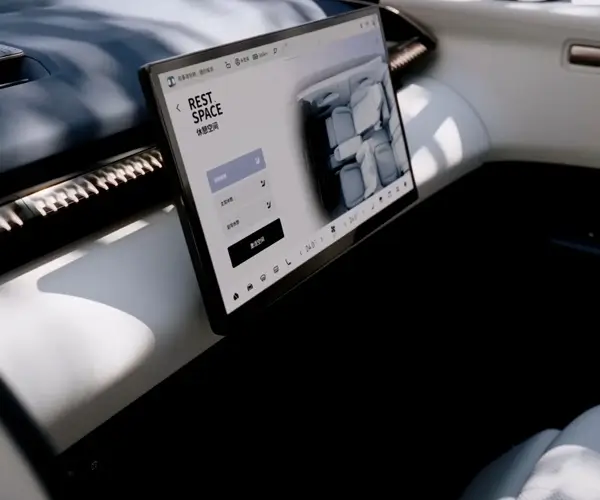Imagine this: your application's architecture is like a massive, ancient city—full of winding alleys, towering walls, and hidden secrets. Over time, everything becomes cumbersome, slow, and downright frustrating to manage. That’s when someone tosses out the idea of breaking this sprawling city into smaller, manageable neighborhoods—enter the shift from monolith to microservices.

You’ve probably heard about monolithic systems—they’re like that one big mansion where every room is interconnected, tightly packed, and difficult to renovate without tearing down walls. Moving to microservices? Think of it as redesigning that mansion into sleek, independent apartments. Each microservice stands alone, doing one thing really well—whether it's user authentication, payment processing, or data analytics. The upgrade isn’t just about tech trends; it’s about making your development process nimble, your teams independent, and your future upgrades smoother than ever.
Why make this transition? Well, for starters, scaling becomes a breeze. If one microservice hits a snag, other parts can keep running smoothly—no more entire system crashes because of a tiny glitch. It’s like replacing a single cog instead of the whole machine. Plus, deploying updates doesn’t require stopping everything; you can patch or upgrade specific services without throwing a wrench into the whole operation. That’s productivity on steroids.
But here’s a question—“Is switching worth all the effort?” Honestly, it depends. Transitioning isn’t a walk in the park. It’s like redoing your entire house; you gotta plan carefully, ensure your plumbing and wiring are ready for the new setup. Meanwhile, there's a need for robust API design, dedicated monitoring, and sound DevOps practices. Still, the long-term payoff? Massive. Think about faster releases, easier maintenance, better fault isolation, and a more scalable architecture that can evolve with your growing needs.
Now, the real story isn’t just about breaking things apart. It’s about creating an environment where development teams innovate without constantly waiting on each other. Imagine small teams owning their microservices completely—faster iterations, more experimentation, and less bottlenecking. That means ultimately, your product can respond to market changes quicker—giving you that edge in a competitive landscape.
And what about the fears? Of course, there are hurdles, like increased complexity or managing multiple services. But with proper orchestration tools, modular code, and strategic planning, those challenges fade into the background. It’s like switching from a cumbersome sedan to a fleet of nimble sports cars.
So, if your system feels like it’s choking under its own weight, maybe it’s time to consider this revolution—breaking the monolith apart, validating ideas faster, scaling up flexibly, and empowering your teams. The journey from monolith to microservices isn’t just a tech upgrade; it’s a strategic move to adapt and thrive in the digital age.
Established in 2005, Kpower has been dedicated to a professional compact motion unit manufacturer, headquartered in Dongguan, Guangdong Province, China. Leveraging innovations in modular drive technology, Kpower integrates high-performance motors, precision reducers, and multi-protocol control systems to provide efficient and customized smart drive system solutions. Kpower has delivered professional drive system solutions to over 500 enterprise clients globally with products covering various fields such as Smart Home Systems, Automatic Electronics, Robotics, Precision Agriculture, Drones, and Industrial Automation.




































